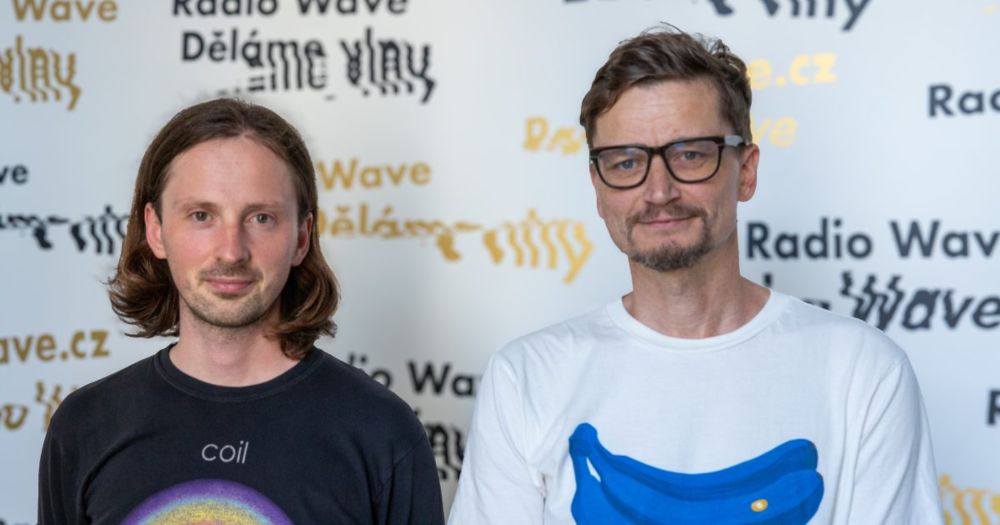Reposted by Petr Szczepanik
Ve Vlně si povídáme se @sarahxabulkasim.bsky.social o naší studii Playlisting the Periphery, kde se s Petrem Szczepanikem zaměřujeme na nerovnosti mezi centry a periferiemi v platformní geografii Spotify.
wave.rozhlas.cz/globalni-pla...
wave.rozhlas.cz/globalni-pla...

Globální playlisty nejsou pro všechny. Pro Spotify jsme pořád periferie, říká studie
Globální streamovací služba Spotify se prezentuje jako platforma, kde má každý umělec nebo umělkyně stejnou šanci oslovit publikum bez ohledu na to, odkud pochází. Realita ale vypadá jinak. Hudba ze s...
wave.rozhlas.cz
6/6 These actors develop “platform imaginaries” that internalize spatial gatekeeping. Their sense of distance from platform and cultural centers shapes how they pitch, optimize, and strategize—often reinforcing the very hierarchies they seek to overcome.
5/6 The article offers a typology of intermediaries: (1) platform-responsive creators, (2) adaptive traditional gatekeepers, (3) platform-aligned distributors, and (4) intra-platform gatekeepers—each with distinct roles in navigating platform power.
4/6 Platform intermediaries matter—but their agency is shaped by geography. Artists, digital distributors, and local label staff carry out “visibility labor,” yet their influence depends on proximity to Spotify’s algorithmic and corporate core.
3/6 ECE countries like Czechia or Poland are positioned as consumption markets rather than hubs of exportable music. Spotify’s playlist strategies and market segmentation reflect and reinforce this peripheral status.
2/6 Despite Spotify’s rhetoric of egalitarian access, visibility remains uneven. Editorial playlists reproduce older center–periphery hierarchies, prioritizing Anglo-American content while marginalizing artists from less central regions.
The article is a part of the EJCS special issue "Global Media Industries in Semi-peripheral Europe", ed. by Aniko Imre and Sylwia Szostak.
5/5🔹 Production designers and local citizens as Benjaminian allegorists – They ‘mourn’ the fragmentation and commodification of their lived world while also anticipating its reintegration into the (digitally composited) fictional world of the final show.
journals.sagepub.com/doi/10.1177/...
journals.sagepub.com/doi/10.1177/...
4/5🔹 An allegory of platform capitalism – beyond its fictional world, Carnival Row serves as an unintended figuration of today’s streaming production mode, where local labor and sites are both essential and erased.
3/5🔹 Industry-informed textual analysis – what reading strategies can uncover traces of peripheral labor and locations without falling in the trap of intentional reflexivity? What can Benjaminian concepts of fragmentation, ruins and restitution teach us about allegories of streaming productions?
2/5🔹 Mobile streaming production deepens global inequalities – While bringing unprecedentedly high-budget, complex commissions to peripheral regions, it reinforces labor asymmetries, centralizes financial and creative control, and fosters new dependencies.
1/5🎥🏭When platform capitalism meets local labor: A Prague perspective on global streaming production.
My new article examines how Amazon's Carnival Row—filmed in Prague—embodies the contradictions of platform imperialism. 🧵👇
#StreamingMobileProduction #PlatformImperialism #CarnivalRow #Prague.
My new article examines how Amazon's Carnival Row—filmed in Prague—embodies the contradictions of platform imperialism. 🧵👇
#StreamingMobileProduction #PlatformImperialism #CarnivalRow #Prague.

2/6🔹 Mobile streaming production deepens global inequalities – While bringing unprecedentedly high-budget, complex commissions to peripheral regions, it reinforces labor asymmetries, centralizes financial and creative control, and fosters new dependencies.
Reposted by Petr Szczepanik
Pleased to announce that the SSHRC-supported Global Media & Internet Concentration Project released two new reports today. one on media ownership & concentration in the United States, 1984-2023 & a 2nd on the Czech Republic covering 2019-2022. gmicp.org/media-owners... gmicp.org/communicatio... 1/

Media ownership and concentration in the United States of America, 1984-2023
A report produced by the American research team of the Global Media and Internet Research Project
This report analyzes media concentration in the U.S. over the past 40 years, highlighting the shift ...
gmicp.org
